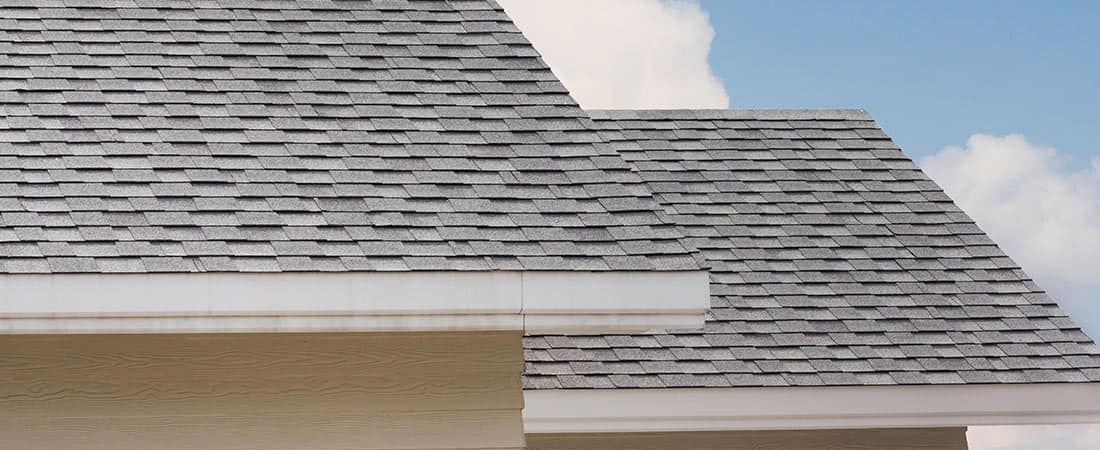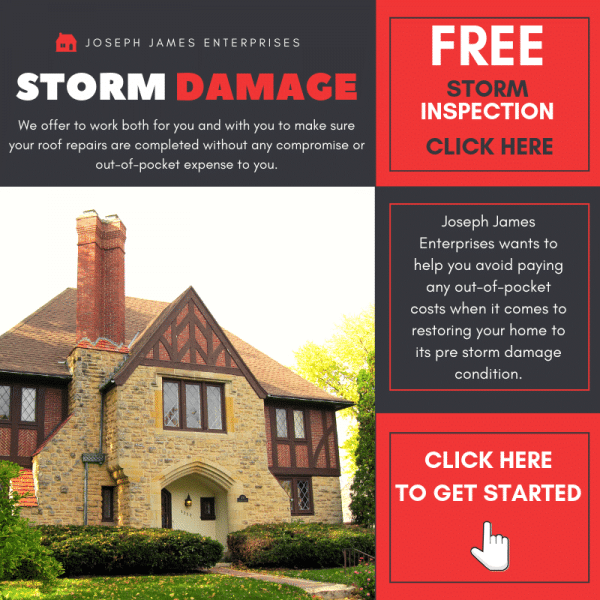Aurora Roofing

Joseph-James Enterprises – Affordable Aurora Roofing – Free Estimates at 630-882-9244
An Aurora Roofing system’s basic condition and performance is impacted by multiple factors. Take a quick look at the following to help you make an informed decision the next time you are considering repairs or replacement of your home’s roof:
Sun and Rain: The relentless exposure of the sun’s ultraviolet rays can cause a roof’s materials to degrade over time. Deterioration typically occurs faster on the sides of a home facing south or west. When rainwater gets under roofing shingles or other materials, it can make its way toward the roof deck and cause the structure to start rotting.
High Winds: Wind can lift up shingles’ edges and allow water and storm debris to get underneath them.
Ice and Snow: Melted snow frequently refreezes at the overhang where the surface will be cooler and form an ice dam. This prevents proper drainage into the gutters and lead to moisture building up.
Condensation: This can result from the accumulation of warm, moist air. Moisture in a home’s attic that is not well-ventilated can lead to deterioration of rafters and wood sheathing, possibly causing damage to the Aurora Roofing structure.
Algae and Moss: Moss can form on damp wooden shingles and roof shakes. Once that starts, moss retains even more dampness on a roofing system’s surface which can cause rot. Additionally, moss roots can extend into a wooden deck and other structures. Algae thrives in moist, shaded areas upon wood or asphalt shingle Aurora Roofing systems.
Leaves and Trees: Branches scraping against a roof can scratch and gouge the materials. Falling branches from can cause damage or even puncture through the shingles. Leaves collecting upon a roofing system’s surface will hold moisture and promote rot, while leaves within the gutters will block effective drainage.


